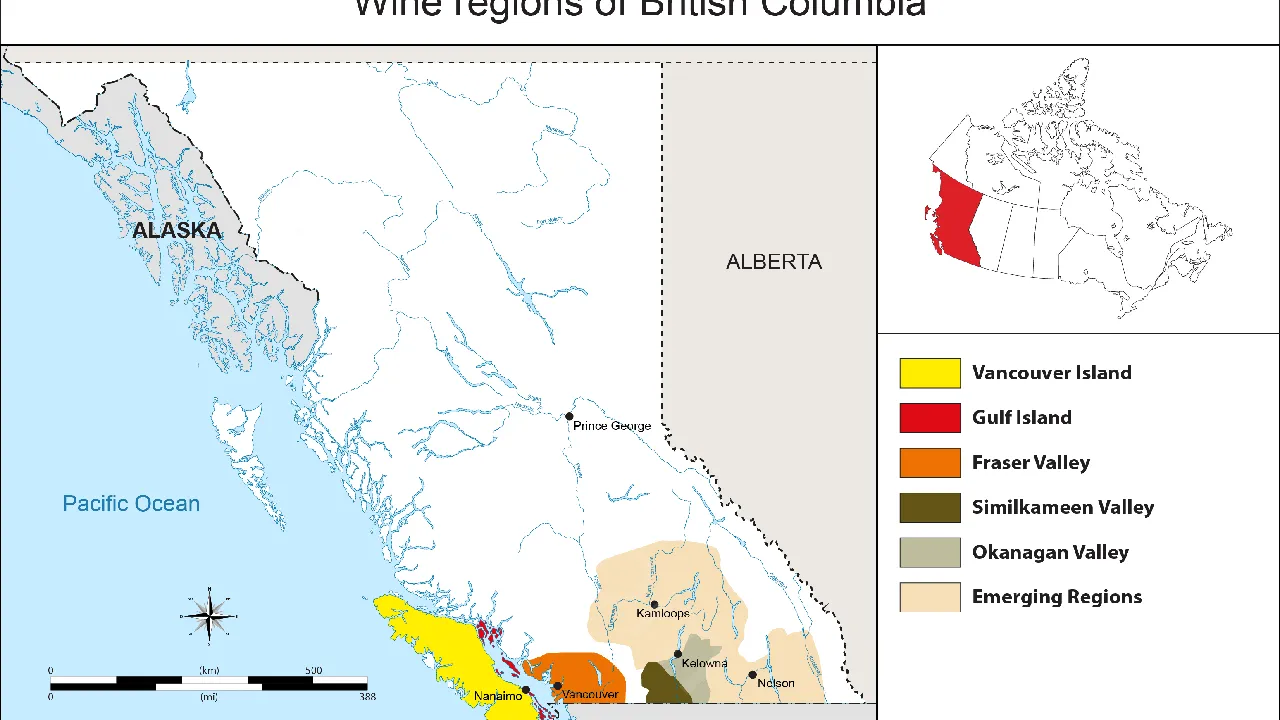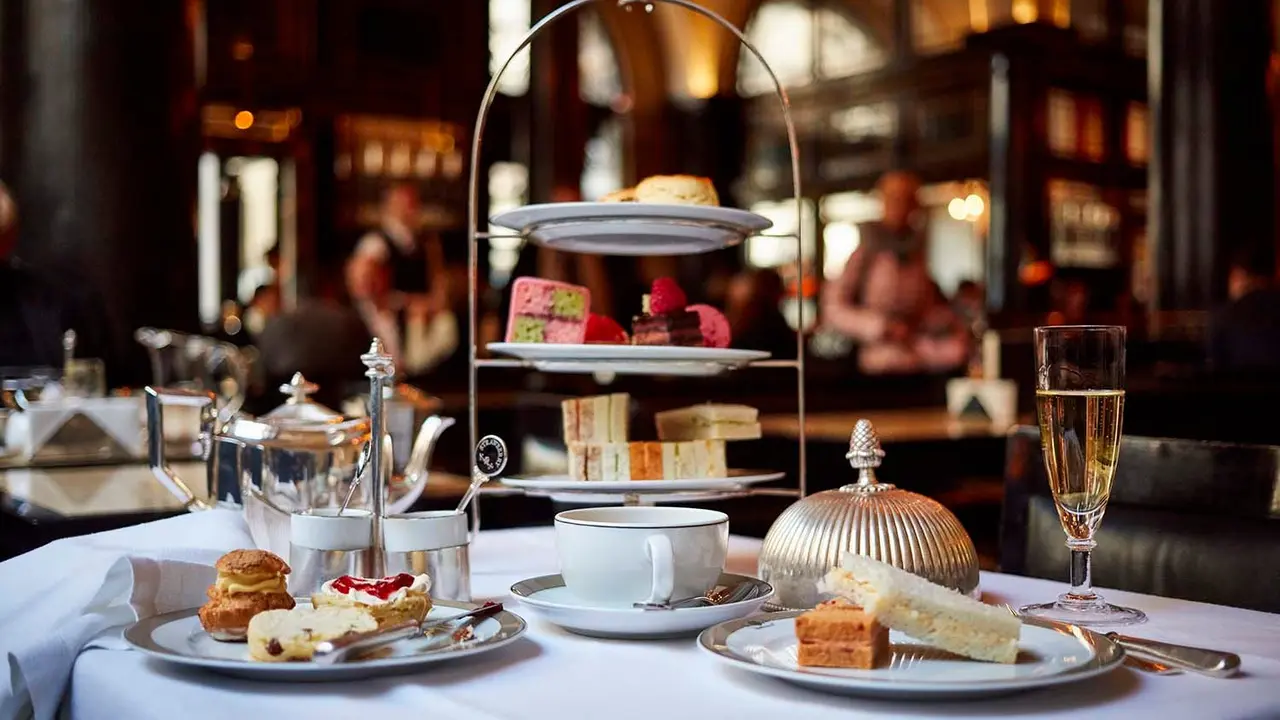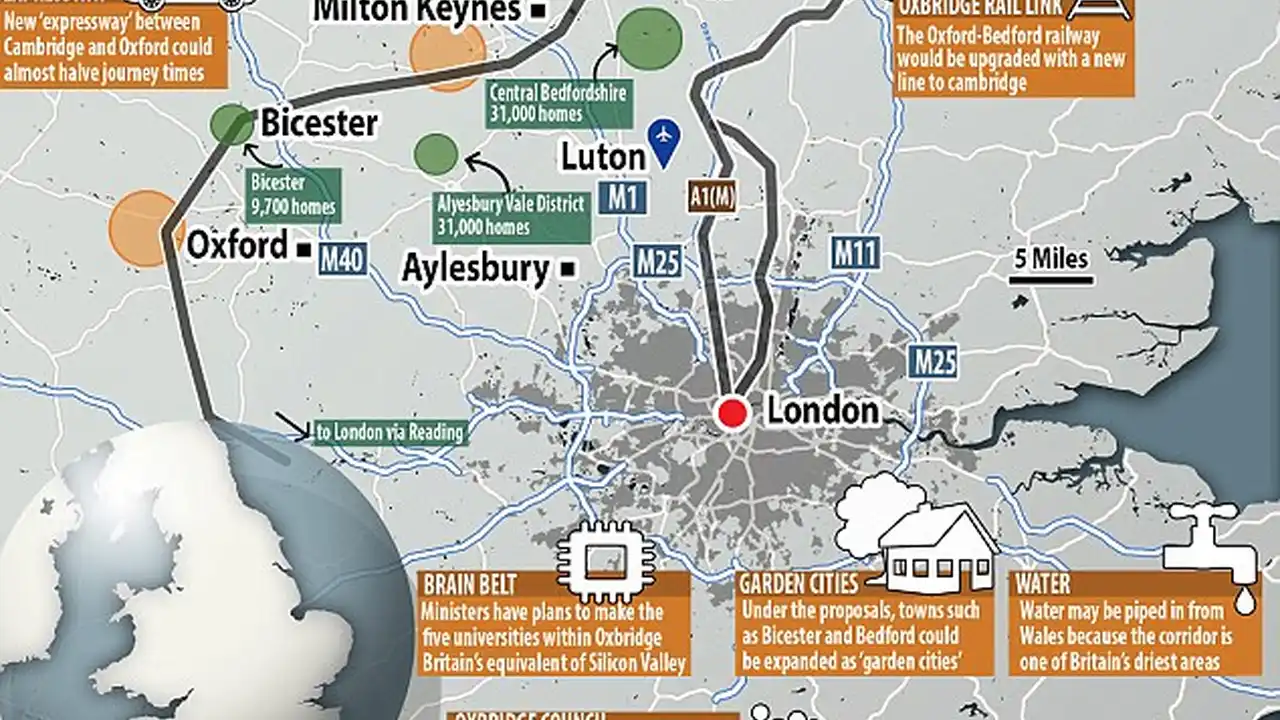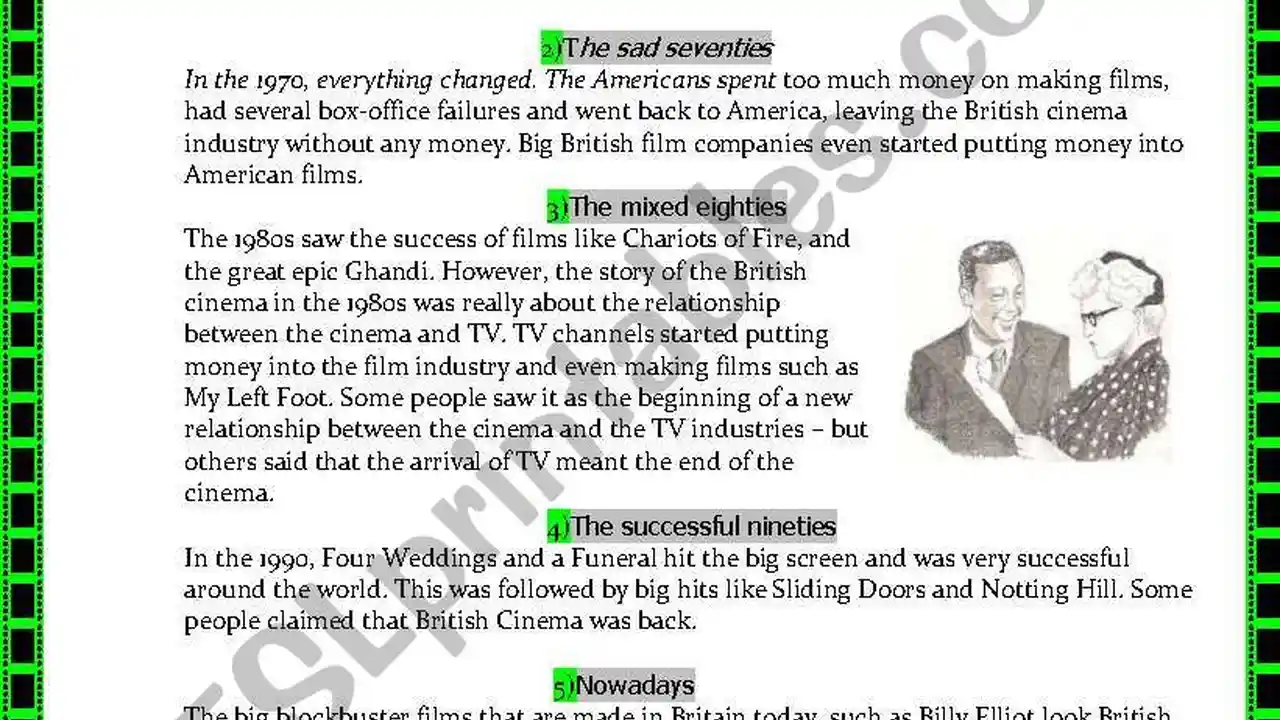A Guide to British Wine: Vineyards and Tastings
Sample meta description.

Discovering the World of British Wine A Vineyard Tour
So, you fancy yourself a bit of a wine connoisseur, eh? Think France and Italy have a monopoly on the good stuff? Think again! British wine is having a moment, and it's time you got in on the action. Forget those dusty old stereotypes – we're talking about award-winning sparkling wines, crisp whites, and even some surprisingly good reds. This isn't your nan's sweet sherry; this is serious wine, grown right here on British soil.
First things first, let’s talk vineyards. Forget rolling hills of Tuscany, imagine instead the chalky slopes of Kent, the sunny vineyards of Sussex, and even some hidden gems tucked away in Cornwall. British vineyards are popping up all over the place, each with its own unique terroir – the combination of soil, climate, and environment that gives the wine its distinctive character. Many vineyards offer tours and tastings, so you can get up close and personal with the grapes and the winemaking process. It's a fantastic day out, and you'll learn a ton about the passion and dedication that goes into making British wine.
When planning your vineyard visit, consider these factors: location (easy to get to?), accessibility (walking involved?), and the types of wines they produce. Some vineyards specialize in sparkling wine, while others focus on still wines. Check their website or give them a call to find out more. And don't be afraid to ask questions! The winemakers are usually more than happy to share their knowledge and enthusiasm.
British Wine Varieties A Taste of England
Okay, so you're at a vineyard, surrounded by vines and the smell of grapes. Now what? It's time to taste! British wine offers a diverse range of styles, from light and fruity whites to complex and age-worthy reds. But where to start?
- Sparkling Wine: This is where British wine really shines. Thanks to our cool climate and chalky soils, we're producing sparkling wines that rival Champagne. Look for wines made using the traditional method (the same as Champagne) with a fine mousse (the bubbles) and a crisp, refreshing finish.
- White Wine: Bacchus is the star of the show when it comes to British white wine. This aromatic grape produces wines with notes of elderflower, grapefruit, and gooseberry. Other popular varieties include Seyval Blanc and Pinot Gris.
- Red Wine: British red wine is still a work in progress, but there are some promising examples. Pinot Noir is the most widely planted red grape, and some producers are experimenting with other varieties like Rondo and Regent. Expect lighter-bodied reds with bright acidity and fruity flavors.
Don't be afraid to try something new! British winemakers are constantly pushing the boundaries and experimenting with different techniques. You might just discover your new favorite wine.
British Wine Recommendations and Tasting Notes
Alright, let's get down to brass tacks. Here are a few specific British wines that I highly recommend, along with tasting notes and suggested pairings:
- Nyetimber Classic Cuvee: This is the benchmark for English sparkling wine. Made using the traditional method from Chardonnay, Pinot Noir, and Pinot Meunier grapes, it boasts a fine mousse, aromas of citrus and brioche, and a long, elegant finish. Price: Around £40-£50. Serving Suggestion: Perfect as an aperitif or with canapés.
- Gusbourne Blanc de Blancs: Another exceptional English sparkling wine, this one made entirely from Chardonnay. It's rich and complex, with notes of apple, pear, and toasted nuts. Price: Around £55-£65. Serving Suggestion: Pair with seafood or creamy cheeses.
- Chapel Down Bacchus: A classic example of British Bacchus, this wine is bursting with aromas of elderflower, grapefruit, and gooseberry. It's light, refreshing, and incredibly easy to drink. Price: Around £15-£20. Serving Suggestion: Enjoy with salads, seafood, or spicy Asian dishes.
- Simpsons Wine Estate Pinot Noir: A delicate and elegant Pinot Noir from Kent. It has aromas of red berries, cherries, and a hint of spice. Price: Around £25-£30. Serving Suggestion: Pair with roasted chicken or duck.
Remember, these are just a few suggestions. There are hundreds of other fantastic British wines out there waiting to be discovered. Don't be afraid to explore and find your own favorites!
British Wine Serving and Enjoyment Tips
So, you've got your bottle of British wine. Now what? Here are a few tips to help you get the most out of your tasting experience:
- Serving Temperature: Sparkling wine should be served chilled, around 6-8°C (43-46°F). White wine should be served slightly warmer, around 8-12°C (46-54°F). Red wine should be served at room temperature, around 16-18°C (60-64°F).
- Glassware: Use a tulip-shaped glass for sparkling wine to help preserve the bubbles. Use a white wine glass for white wine and a red wine glass for red wine.
- Tasting Notes: Take a moment to observe the wine's color, aroma, and taste. What do you smell? What do you taste? What is the wine's texture like?
- Food Pairing: Wine and food pairing can enhance both the wine and the food. Consider the wine's body, acidity, and sweetness when choosing a pairing.
British Wine vs. Other Wines A Comparison
Let's be honest, British wine is still relatively unknown on the world stage. So how does it compare to wines from other regions?
- Sparkling Wine vs. Champagne: British sparkling wine is often compared to Champagne, and for good reason. Both are made using the traditional method from similar grape varieties. However, British sparkling wine tends to be slightly more acidic and less yeasty than Champagne.
- White Wine vs. Sauvignon Blanc: British Bacchus is often compared to Sauvignon Blanc, as both are aromatic white wines with similar flavor profiles. However, Bacchus tends to be slightly less grassy and more floral than Sauvignon Blanc.
- Red Wine vs. Pinot Noir: British Pinot Noir is often compared to other cool-climate Pinot Noirs from regions like Burgundy and New Zealand. However, British Pinot Noir tends to be lighter-bodied and more acidic than these wines.
Ultimately, the best way to compare British wine to other wines is to try them side-by-side. You might be surprised at how well British wine holds its own!
British Wine The Future of English Viticulture
The future of British wine is bright. With increasing investment, improved viticultural techniques, and a growing consumer interest, British wine is poised to become a major player in the world of wine. New vineyards are being planted every year, and existing vineyards are expanding their production. British winemakers are also experimenting with new grape varieties and winemaking techniques, pushing the boundaries of what's possible.
So, the next time you're looking for a bottle of wine, consider giving British wine a try. You might just discover your new favorite tipple. And who knows, you might even become a British wine convert!
British Wine Purchasing Guide Where To Buy
Ready to stock up your cellar with some British delights? Here's where you can find them:
- Vineyards: The best place to buy British wine is directly from the vineyard. You'll get the freshest possible wine and have the chance to meet the winemaker and learn about their process.
- Wine Merchants: Many independent wine merchants stock a selection of British wines. They can offer expert advice and help you find the perfect bottle for your taste.
- Supermarkets: Some larger supermarkets are starting to stock a wider range of British wines. Look for dedicated sections or ask a member of staff for assistance.
- Online Retailers: There are a number of online retailers that specialize in British wine. This is a convenient way to shop from the comfort of your own home.
When purchasing British wine, be sure to check the vintage (the year the grapes were harvested) and the alcohol content. Also, consider the wine's storage conditions – it should be stored in a cool, dark place.
British Wine Price Guide How Much To Spend
British wine prices vary depending on the variety, producer, and vintage. Here's a general guide to what you can expect to pay:
- Entry-Level Wines: You can find decent British wines for around £10-£15. These are typically lighter-bodied wines that are perfect for everyday drinking.
- Mid-Range Wines: Expect to pay around £20-£30 for a good quality British wine. These wines will offer more complexity and depth of flavor.
- Premium Wines: The best British wines can cost upwards of £40 or £50. These are typically sparkling wines or age-worthy red wines that are made using the traditional method.
Remember, price isn't always an indicator of quality. There are plenty of excellent British wines available at affordable prices. The best way to find a wine you love is to experiment and try different varieties.
British Wine and Food Pairings The Perfect Match
Pairing British wine with food can elevate your dining experience to a whole new level. Here are a few classic pairings:
- Nyetimber Classic Cuvee with Oysters: The crisp acidity and fine bubbles of Nyetimber cut through the richness of the oysters, creating a perfect balance of flavors.
- Chapel Down Bacchus with Asparagus: The herbaceous notes of Bacchus complement the grassy flavors of asparagus.
- Simpsons Wine Estate Pinot Noir with Roast Duck: The light-bodied Pinot Noir doesn't overpower the delicate flavor of the duck.
- Gusbourne Blanc de Blancs with Smoked Salmon: The rich and complex flavors of Gusbourne Blanc de Blancs pair beautifully with the smoky and salty flavors of smoked salmon.
Don't be afraid to experiment with different pairings. The key is to find a balance between the wine and the food. Consider the wine's body, acidity, sweetness, and tannin levels when choosing a pairing.
:max_bytes(150000):strip_icc()/277019-baked-pork-chops-with-cream-of-mushroom-soup-DDMFS-beauty-4x3-BG-7505-5762b731cf30447d9cbbbbbf387beafa.jpg)






